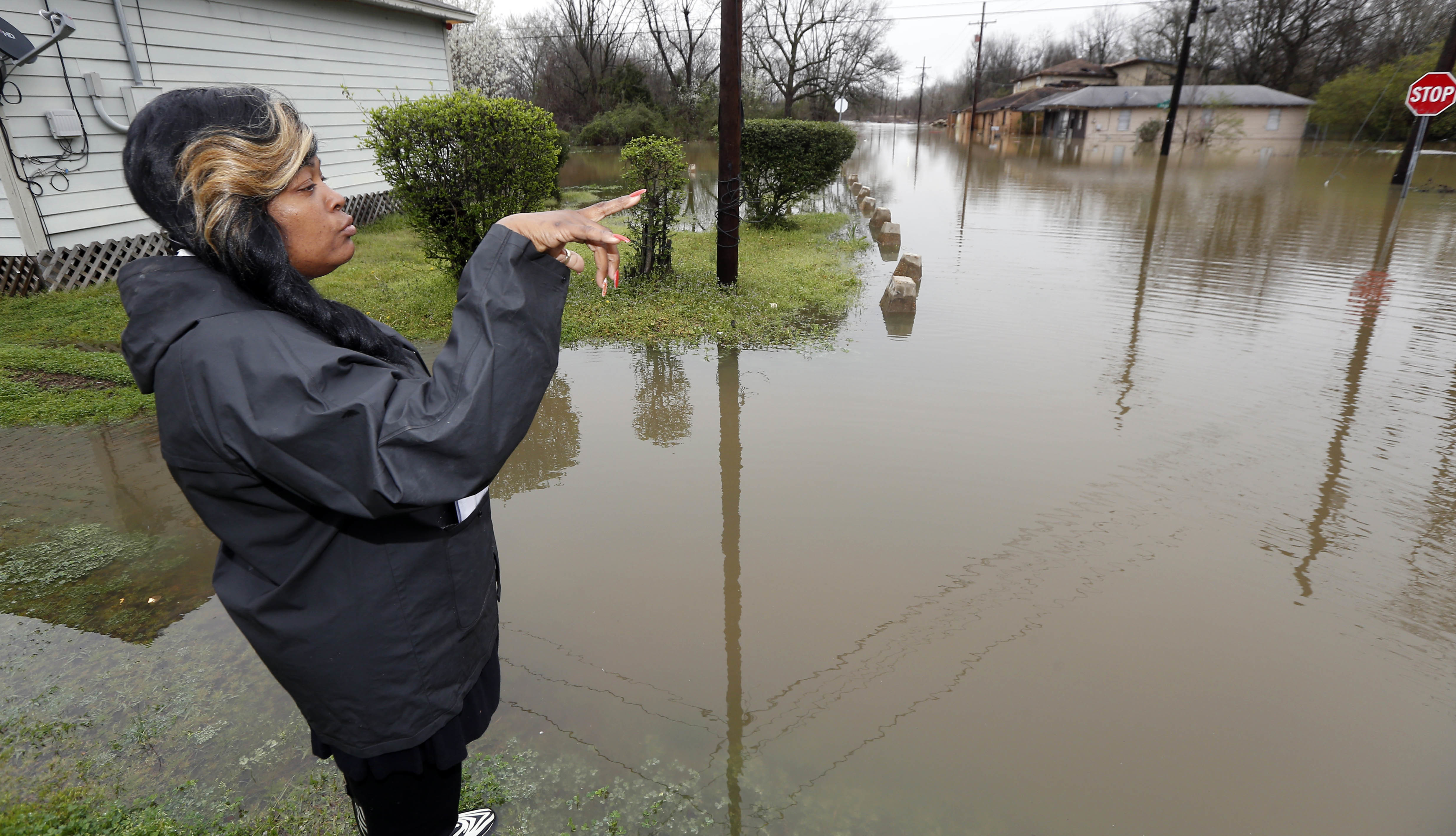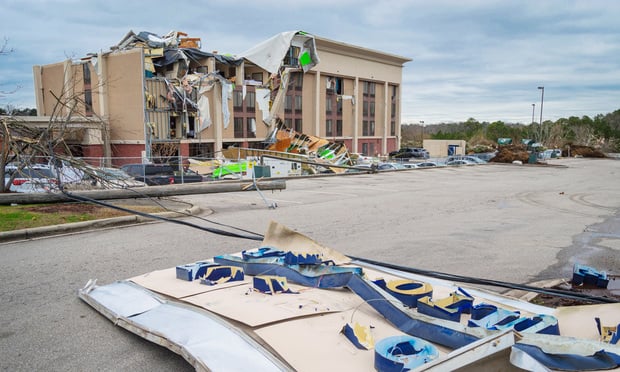Regulatory changes are expected to the National Flood Insurance Program, beginning April 1.
While agents should refer to Federal Emergency Management Agency and official National Flood Insurance Program (NFIP) publications for comprehensive policy information and guidance, Here is a high-level overview of the expected changes:
Why are there changes?
In addition to implementing recent legislation (Biggert-Waters Flood Insurance Reform Act of 2012 and the Homeowner Flood Insurance Affordability Act of 2014), FEMA is taking steps to become more actuarially sound by better aligning premiums with true risk.
Getting to an actuarially sound rate not only calls for a new approach, it will require heightened education, so insureds can gain a better understanding of what their policy rating would be at true risk.
When will the changes take effect?
New policy changes will go into effect April 1, 2016. Renewal terms effective on or after April 1, are subject to premium increases and other fees and Reserve Fund Assessment changes. Depending on the write-your-own policy, notices extend from 45 to 90 days out, so renewal notices are already starting to roll out.
What are the changes?
There are several changes, including multiple rate increases, elimination of subsidy for certain Pre-Flood Insurance Rate Map policies that are lapsed and reinstated, reformation of coverage, and Section 28. At Aon National Flood Services, we see the following changes as the most significant:
- Premium increases and surcharges. Increases will average around 9% (including all fees, surcharges and assessments).
- Non-residential business properties. Some rates may increase as much as 25%.
- Section 28 – clear communication of risk. Policyholders will receive a notification letter from FEMA.
Rate increases include:
- Updated premium rates. Increasing around 4% to 6%, which denotes premium changes, not including fees, surcharges and assessments.
- Reserve fund. Increasing from 10% to 15% for preferred risk policies; it will remain at 15% for all others.
- Business risks. There will be a 25% rate increase for pre-Flood Insurance Rate Map nonresidential business risks (not subject to cap, must increase 25% each year).
- Lapsed policies. Subsidized rates on certain lapsed policies will be eliminated, so increases could vary.
While premiums will change based on the April 1 rate increases, it's important to encourage policyholders to renew their policies in order to maintain continuous coverage for continued eligibility for grandfathering and/or subsidized rates. Certain policies, once lapsed, may not be eligible to be reinstated at the previous rates.
Premium increases
Premium increases effective April 1, 2016, will comply with all limitations on premium increases introduced by Homeowner Flood Insurance Affordability Act. Premium rates must be increased 25% annually across four categories of pre-Flood Insurance Rate Map-subsidized policies:
- Non-primary residential properties.
- Business properties.
- Severe Repetitive Loss properties (which includes cumulatively damaged properties).
- Substantially damaged/substantially improved properties.
Average annual premium increases for all other risk classes are limited to 15%, while the individual premium increase for any individual policyholder is limited to 18%.
Average annual premium increase for pre-Flood Insurance Rate Map-subsidized policyholders must be least 5%.

Shirley McDaniel stands outside her home in Drew, Miss., and speaks about how fast the waters flooded her neighborhood on March 11. (Photo: Rogelio V. Solis/AP Photo)
Newly mapped areas
Some property owners may be subject to flood map changes. Those newly mapped into a Special Flood Hazard Area will now be required to purchase flood insurance. These property owners can purchase a Preferred Risk Policy at reduced cost, if purchased within 12 months of the map change and subject to limited flood loss history.
Each year, newly mapped customers will experience rate increases subject to the Homeowner Flood Insurance Affordability Act 15% increase cap by class, or 18% increase cap per policy, until full-risk premium is achieved.
As part of the newly mapped rating methodology, beginning with new and renewal policies effective on or after April 1, a multiplier will be applied to the newly mapped base premiums. Initially, the multiplier will be 1.000 for all newly mapped policies. Beginning January 1, 2017, the multiplier will vary based on the calendar year in which the map became effective.
Lapsed policies
In the past, FEMA allowed policyholders to take advantage of grandfathered or subsidized rates, even if the policy lapsed for an extended period of time. Now, in efforts to become more actuarially sound, FEMA is eliminating use of subsidized rates when there is a coverage lapse.
The change applies to certain policies receiving pre-Flood Insurance Rate Map-subsidized rates beginning April 1. If a premium payment for a renewal is received more than 90 days after the expiration date, a policy will no longer be eligible for such subsidized rating and will be rated using actuarial full-risk rates.
This change may benefit some customers, as the actuarial rate may be lower than the pre-Flood Insurance Rate Map rate. But it may also mean a higher premium and require extra steps for policyholders who may have to obtain an elevation certificate from a surveyor in order to purchase coverage. Elevation certificates range from $100 to $1,500 — maybe more in rural areas.
Policyholders will receive notice on their renewal bills informing them that pre-Flood Insurance Rate Map-subsidized rates may no longer be an option if coverage lapses.
Section 28
Policyholders can expect a communication directly from FEMA, which will provide a narrative description of the rating and generic sample full-risk premiums if the policy is grandfathered, newly mapped or subsidized. This is an effort to educate policyholders on what to expect as FEMA implements these changes.
The rating adjustment and underwriting required to implement these changes could affect policyholders. While rates may not change for some policyholders, the process to verify rates may be time-consuming and cause disruption. Some policyholders may experience multiple premium changes, such as a correction of current term premium as a result of re-underwriting, and a rate increase at renewal.
Positive change for all stakeholders
At Aon National Flood Services, we understand the NFIP's new regulatory changes may present challenging times for insurance agents and policyholders working through this process. At the same time, we believe that FEMA's review of this program empowers positive change for all stakeholders going forward. As changes are continuously implemented, and as you serve your policyholders, please refer to the NFIP for regular program updates and comprehensive change guidelines.
We are enthusiastic that this new approach points to the emergence of private Flood options and extended coverage products (such as enhanced basement coverage, additional living expenses and higher limits) that can serve the overall Flood market and create more options for your policyholders, and greater opportunities for agents to sell in the future.
We have compiled all these highlights about the NFIP changes in a handy visual guide, "Making Sense of NFIP Regulatory Changes." You can access it at www.NFIPApril2016Changes.com.
Keith T. Brown is president and CEO of Aon National Flood Services Inc. Contact him at [email protected].
Are you following us on Facebook?
Want to continue reading?
Become a Free PropertyCasualty360 Digital Reader
Your access to unlimited PropertyCasualty360 content isn’t changing.
Once you are an ALM digital member, you’ll receive:
- Breaking insurance news and analysis, on-site and via our newsletters and custom alerts
- Weekly Insurance Speak podcast featuring exclusive interviews with industry leaders
- Educational webcasts, white papers, and ebooks from industry thought leaders
- Critical converage of the employee benefits and financial advisory markets on our other ALM sites, BenefitsPRO and ThinkAdvisor
Already have an account? Sign In Now
© 2024 ALM Global, LLC, All Rights Reserved. Request academic re-use from www.copyright.com. All other uses, submit a request to [email protected]. For more information visit Asset & Logo Licensing.








